WHEN WOMEN MASTER CEREMONY
On a rainy day in early November, sitting pensively on the doorstep looking at the sky, village elder - Meritorious Artisan Ho Van Hanh (77 years old, residing in A Nieng Le Trieng village, Trung Son commune, Ha Luoi) counted his fingers, mumbled and then appeared impatient: "The Aza festival will begin on the 6th of the 11th lunar month and last until the 24th of the 12th lunar month. This year, the festival coincides with the 6th of the 12th solar month, so it's easy to remember. There's only 1 month left until the Aza festival, but it's raining like this. It's much harder for children to go to the forest and mountains to find specialties to worship Yang (heaven)...". Elder Hanh said that for generations, whenever rice is stored in the warehouse, the Ta Oi and Pa Koh people living in the A Luoi valley hold a festival to thank the mother rice. Aza is the common name of the two ethnic groups when performing rituals to celebrate the new rice.

The ritual of worshiping the rice mother is performed with the sound of panpipes, drums, gongs...
Interestingly, although the Aza festival is held, people also distinguish between Aza koonh and Aza kăn to indicate the nature and scale of the festival. Aza kăn is held annually while Aza koonh is held every 5 years and is called the big festival. According to village elder Ho Van Rai (80 years old), whether the festival is big or small, the rituals must be complete to thank heaven and earth for the rice plant to produce "pearls". "Every Ta Oi or Pa Koh person knows that their prosperous life is due to the "mistress" of agriculture - the rice plant. Therefore, the offerings to the rice mother must be full of 4-legged and 2-legged animals, such as cows, pigs, goats, chickens... and representatives of crops, such as bananas, sugarcane, corn...", said elder Rai.
Elder Ho Van Hanh continued, next to the rice mother ( ka coong tro ), there are a total of 8 gods protecting the village, the crops need to be offered solemnly. According to him, from the village community to the households, people will worship the god of the village ( pa nuon ), the god of the sale ( a pan ), the god of the house ( yang dung ), the god of the mountain ( yang cor ), the god of the soul ( yang cot ), the god of the water ( yang p'no dar ), the god of the garden ( yang cum ) and the god of livestock ( yang par nan ). According to researcher Tran Nguyen Khanh Phong, practicing the traditional Aza ritual reflects the unique worldview of the Ta Oi people. The Aza festival is considered the biggest ritual of the year, the Ta Oi people worship and give thanks to the gods.
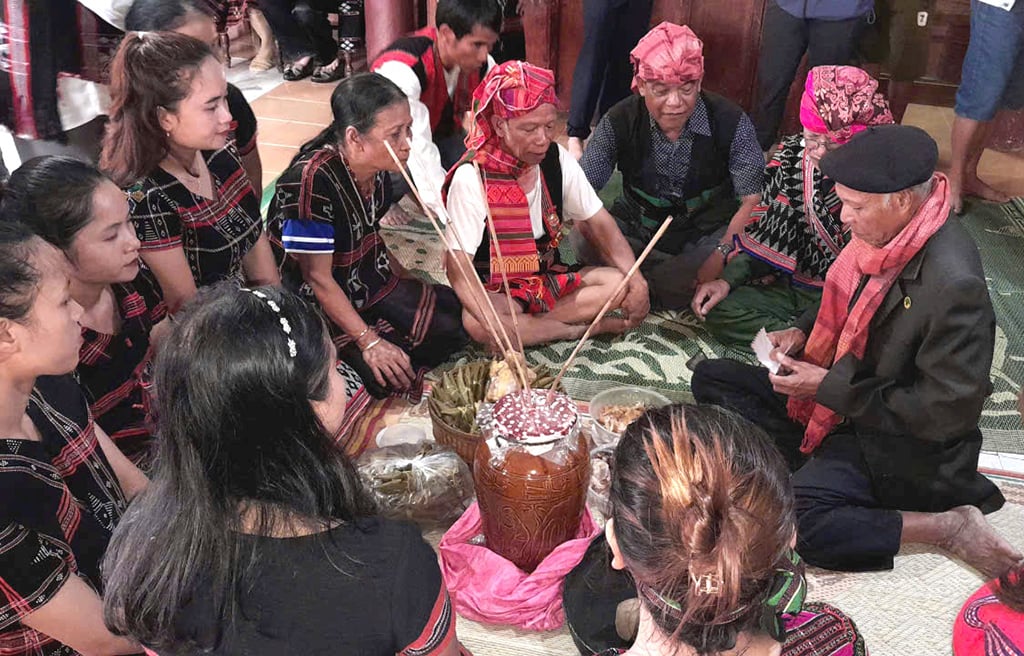
Village elders welcome distinguished guests to the Aza koonh festival
"The Aza festival is held in three worshiping ceremonies, including: worshiping in the fields, worshiping at home, and worshiping in the village community. All of these worshiping ceremonies only take place in the first half of the Aza festival. Ta Oi customary law stipulates that the person in charge of worshiping in the fields, at home, or in the village is still a woman, that is, the wife of the homeowner, the wife of the clan head, or the wife of the village head," said Mr. Phong.
X APPLY FOR NATIONAL HERITAGE
Elder Quynh Quyen (80 years old, living in A Nam village, Hong Van commune), who has made great contributions to making the Aza Koonh festival a national intangible heritage, said that like the Arieu car and Arieu ping festivals, the Aza festival also has a vibrant festival, imbued with the identity of the people of the A Luoi highlands. The village also invites guests from other villages to come and perform singing and dancing. The difference is that when performing rituals to worship the gods, gongs are still beaten, echoing throughout the mountains and forests, expressing joy. "In the past, the village men used bamboo tubes to roast until they were puffed up. When it was time to worship, they would take them out and beat them, the loud banging sound was very pleasant to the ears. The elderly would howl loudly "oi...oi...oi" to signal that the festival was coming," added elder Hanh.

The offering tray to Mother Rice and the gods has many agricultural products grown by the people.
From the work Special study on the traditional Aza festival of the Ta Oi people in Vietnam by researcher Tran Nguyen Khanh Phong, it shows that the Aza festival through the festival is truly special with cultural, artistic, and sports activities... Especially, when the group of invited guests joins in the joy with the villagers in the traditional Ca Loi dances. According to elder Ho Van Hanh, during the festival days, the participants all prepare themselves to be the most beautiful with costumes made from zèng - a traditional brocade in A Luoi (recognized as a national intangible cultural heritage in 2017). They are passionate about singing and dancing to tunes such as ba soi, cha chap, xieng... Meanwhile, the village boys compete in games such as climbing high poles, walking with their feet up in the air, shooting crossbows... Besides the unique rituals, the treasure of intangible heritage has been practiced. The Aza Festival is also an opportunity for the Ta Oi and Pa Koh people to proudly introduce their unique foods and drinks.
Ms. Le Thi Them, Head of the Culture and Information Department of Ha Luoi, said that Aza is one of the biggest festivals in the Truong Son mountain range. In addition to the ritual of thanking the gods for their support of agriculture, Aza is also an opportunity for people to discuss business and strengthen the friendship between villages.
Completing the dossier for the Co Tu festival
On November 7, the People's Committee of Nam Dong District (Thua Thien-Hue) coordinated with the Vietnam Institute of Culture and Arts in Hue to organize a discussion to contribute opinions to complete the dossier and profile to include the new rice festival (bhuoih cha haro tơme) of the Co Tu ethnic group in the list of national intangible cultural heritage. For many generations, the new rice festival on a community scale has become a festival with the participation of all Co Tu people in Nam Dong District with many unique rituals, cultural and artistic activities...
Source: https://thanhnien.vn/nhung-le-hoi-doc-dao-tet-chung-cua-2-dan-toc-ton-vinh-me-lua-185241201224836926.htm


![[Photo] April Festival in Can Tho City](https://vstatic.vietnam.vn/vietnam/resource/IMAGE/2025/4/10/bf5ae82870e648fabfbcc93a25b481ea)


![[Photo] Unique folk games at Chuong Village Festival](https://vstatic.vietnam.vn/vietnam/resource/IMAGE/2025/4/10/cff805a06fdd443b9474c017f98075a4)
![[Photo] Opening of the 11th Conference of the 13th Party Central Committee](https://vstatic.vietnam.vn/vietnam/resource/IMAGE/2025/4/10/f9e717b67de343d7b687cb419c0829a2)

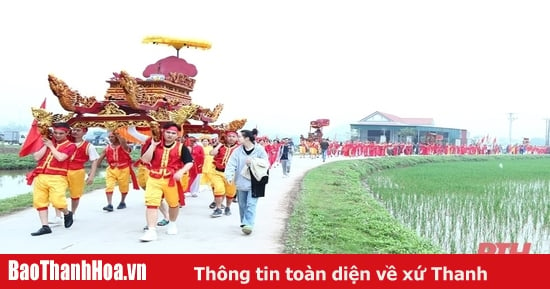


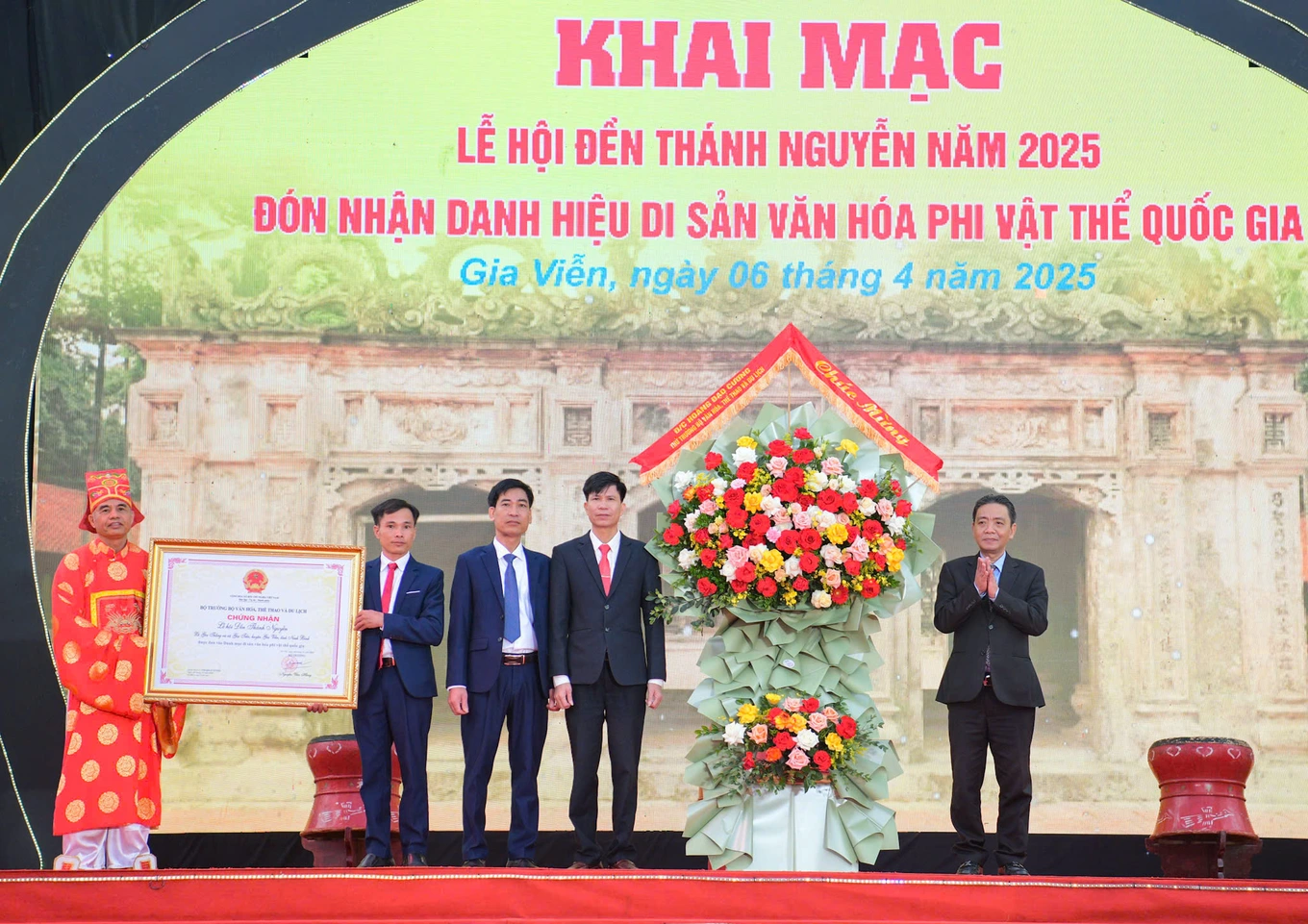



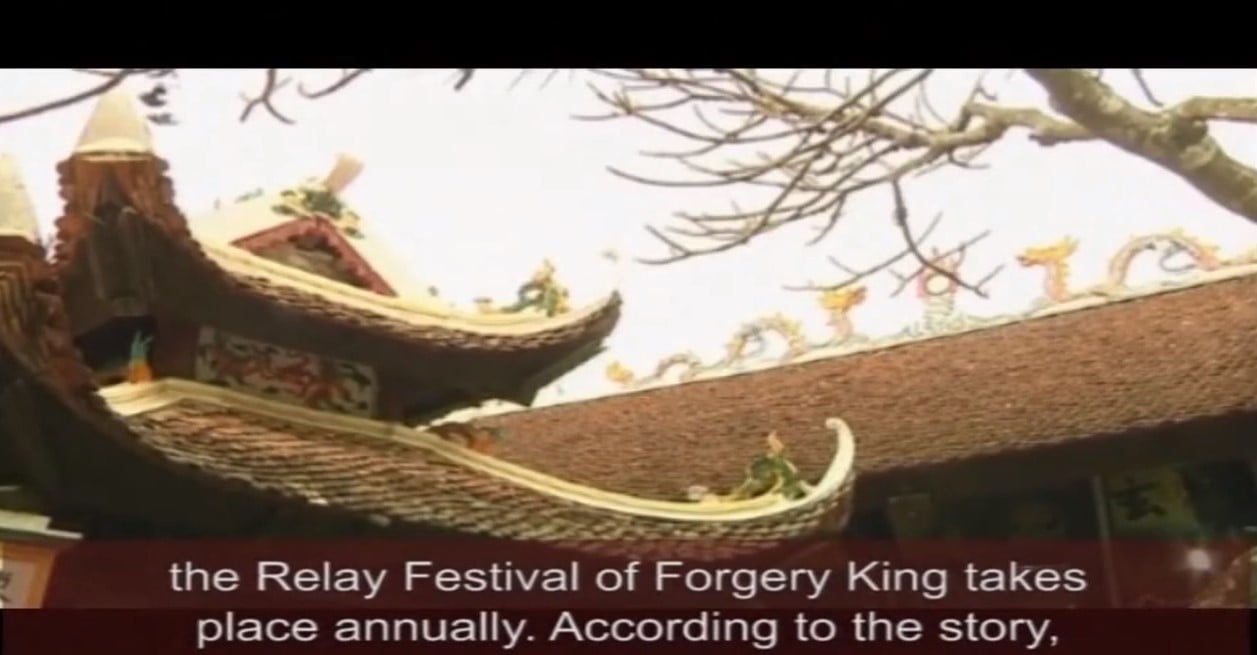
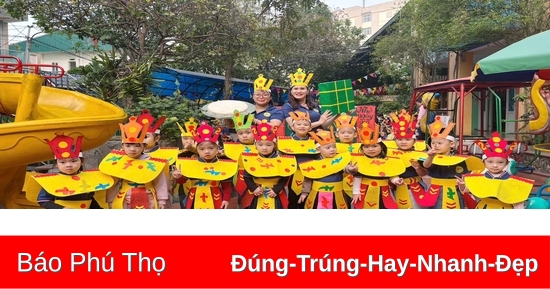

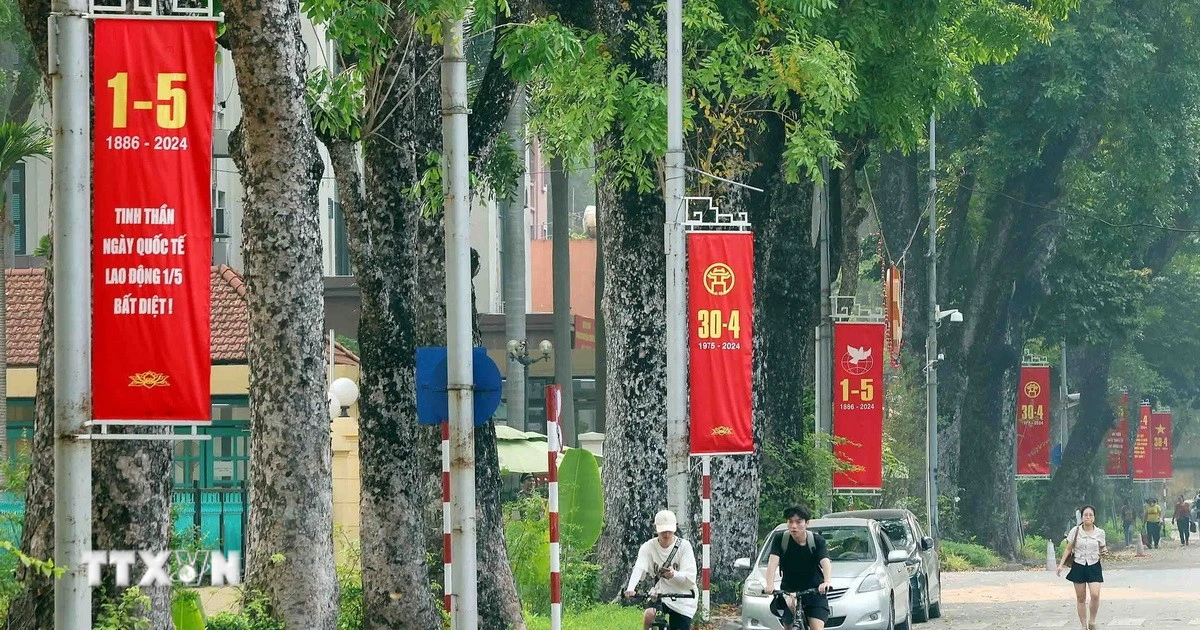
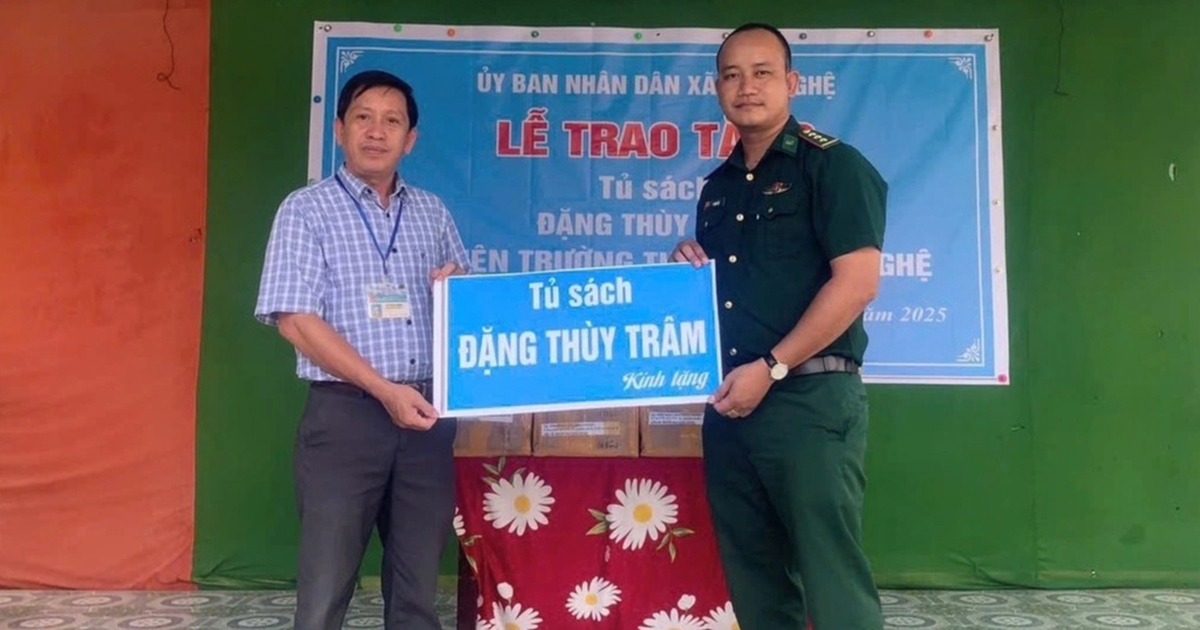
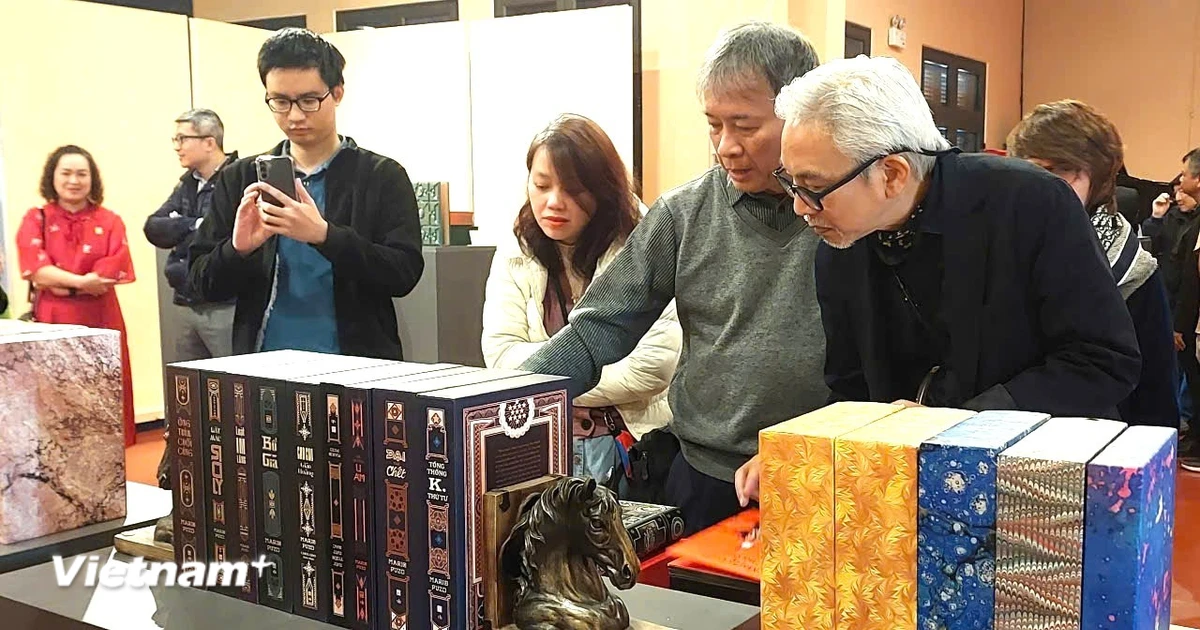
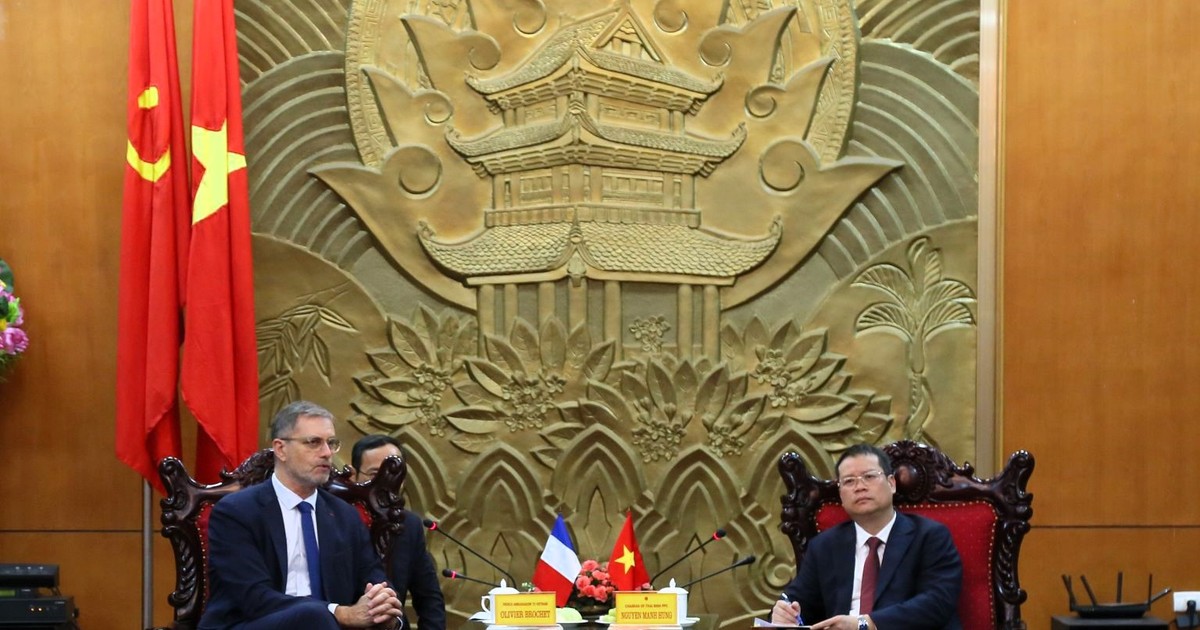
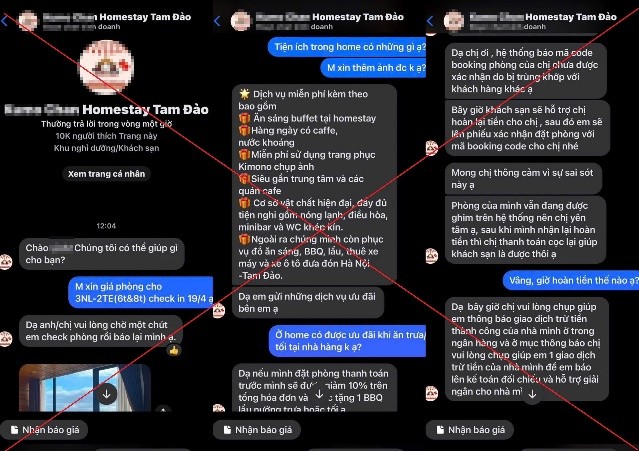







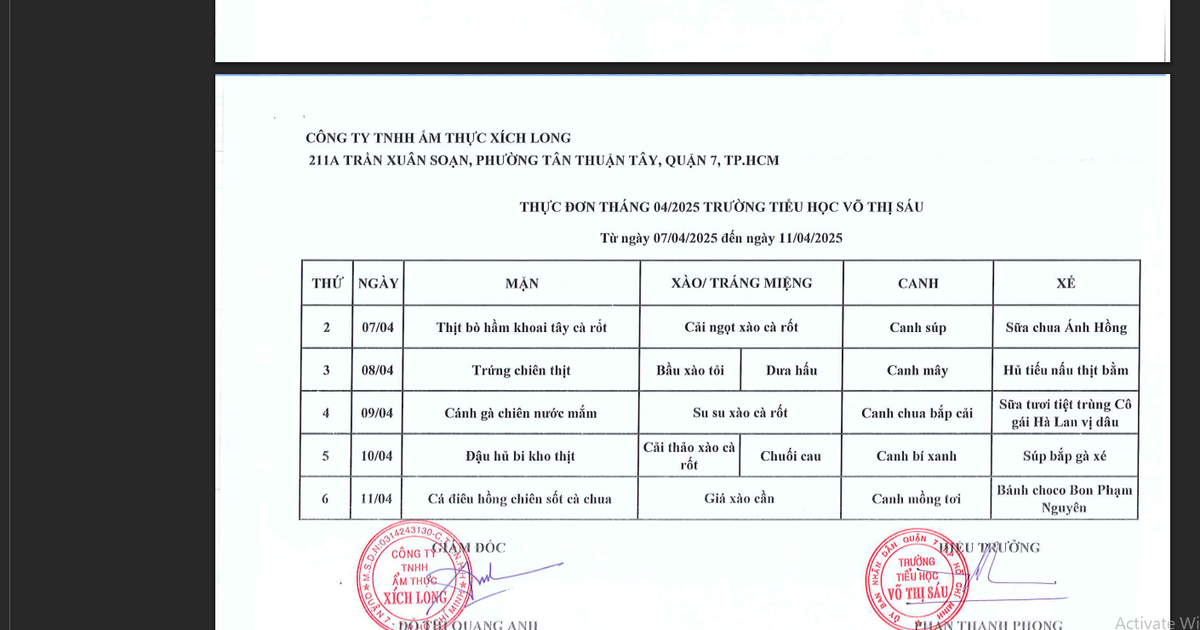
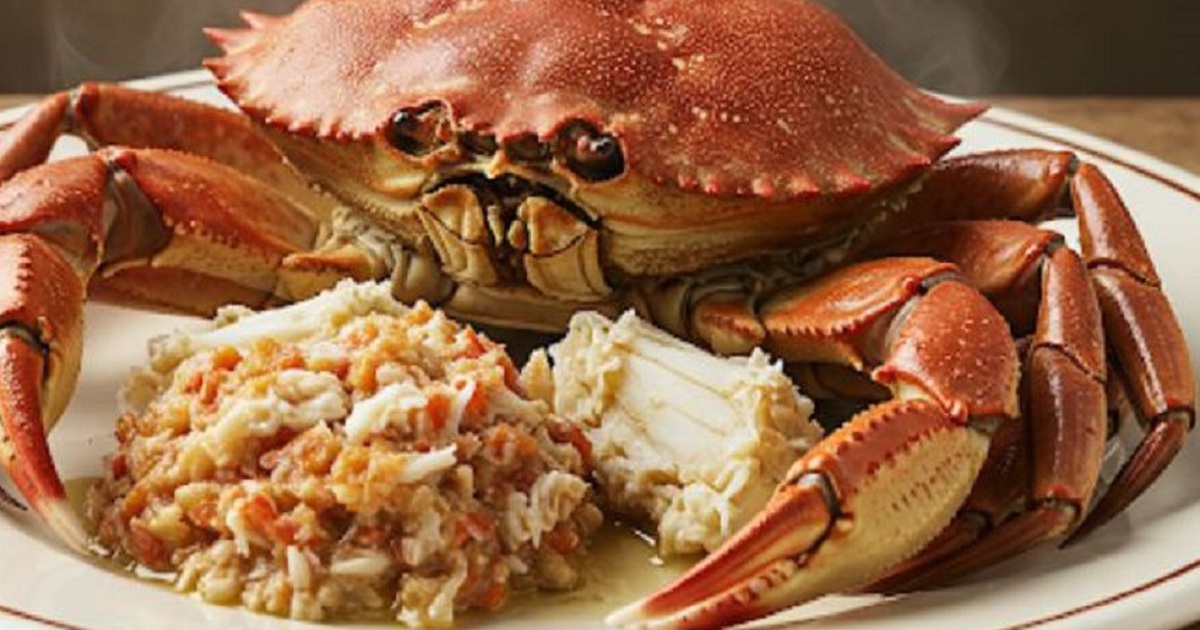
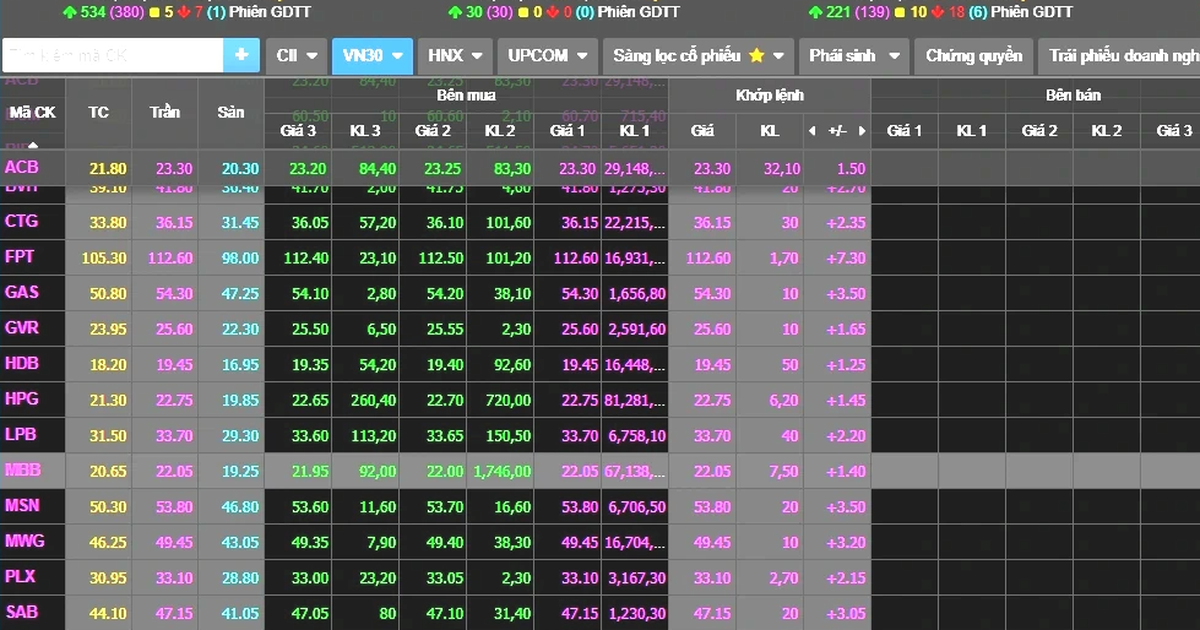








































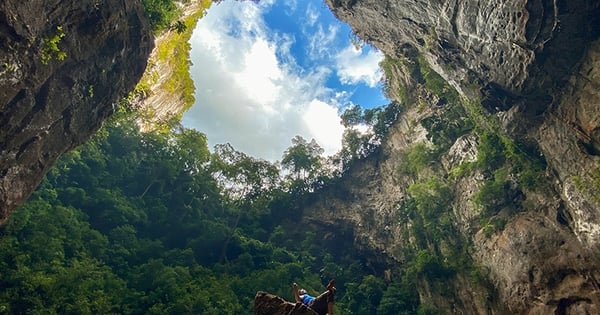





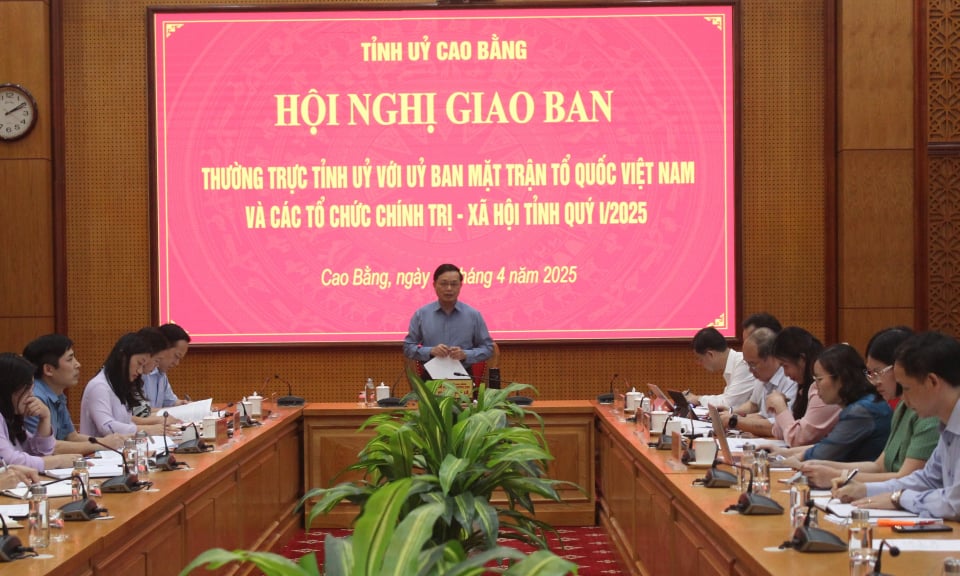

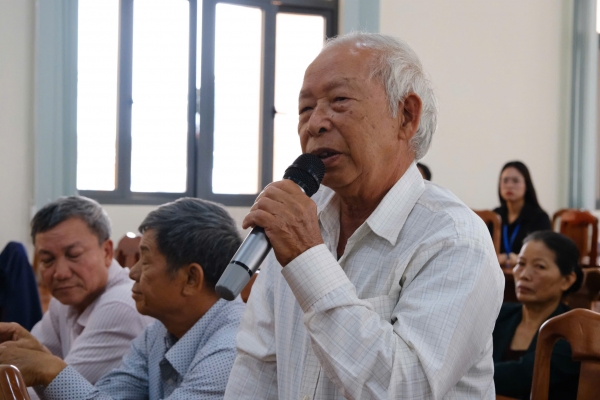
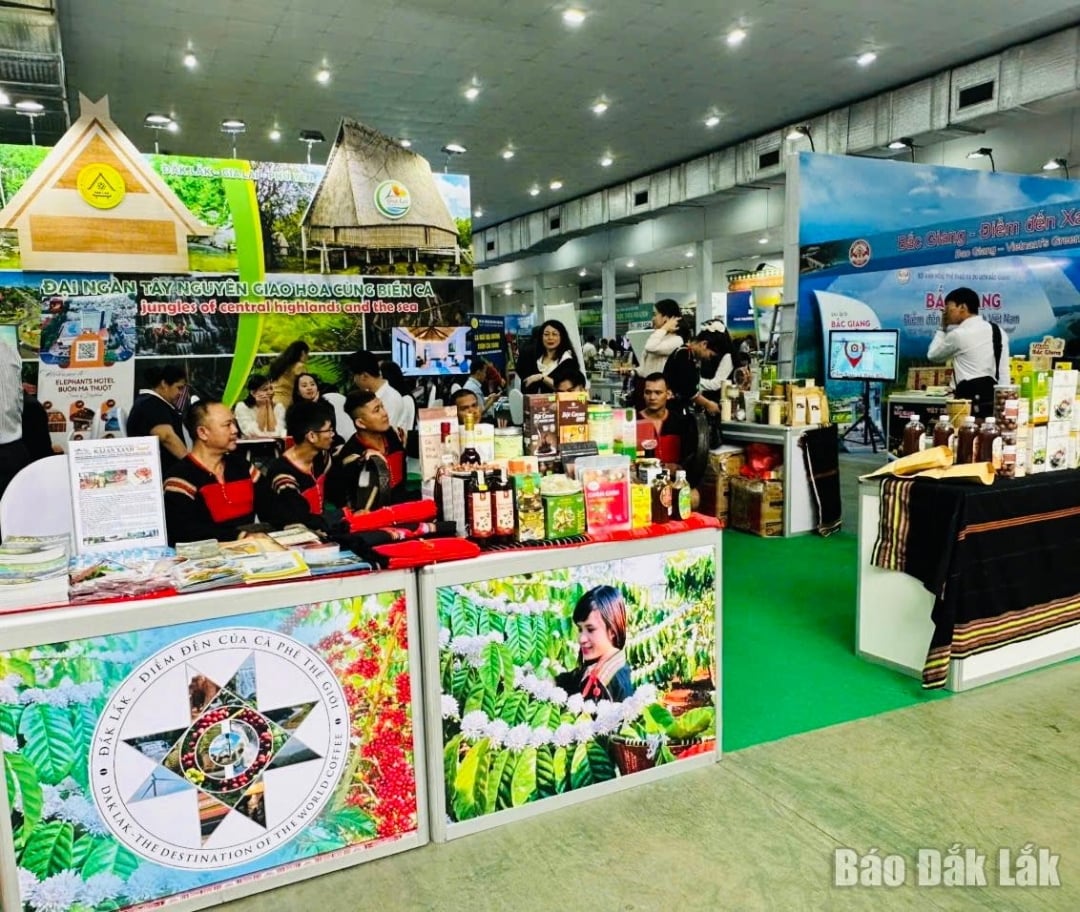

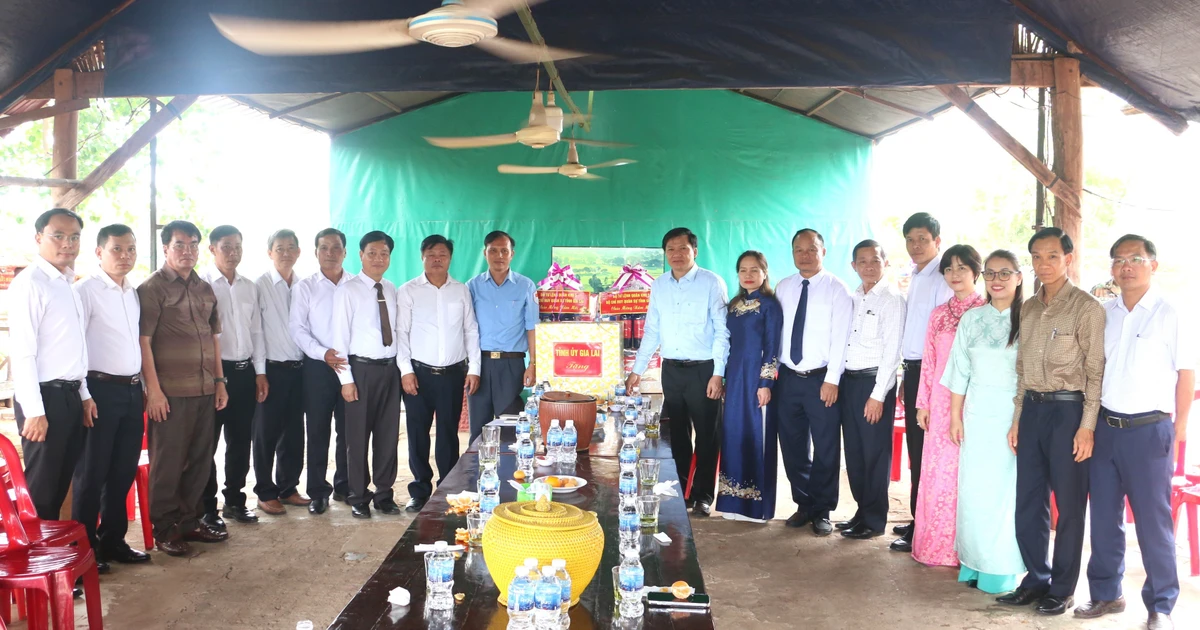








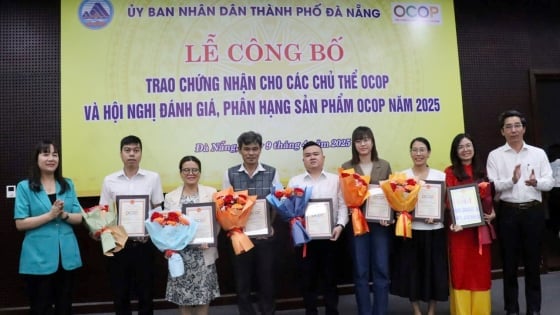
Comment (0)